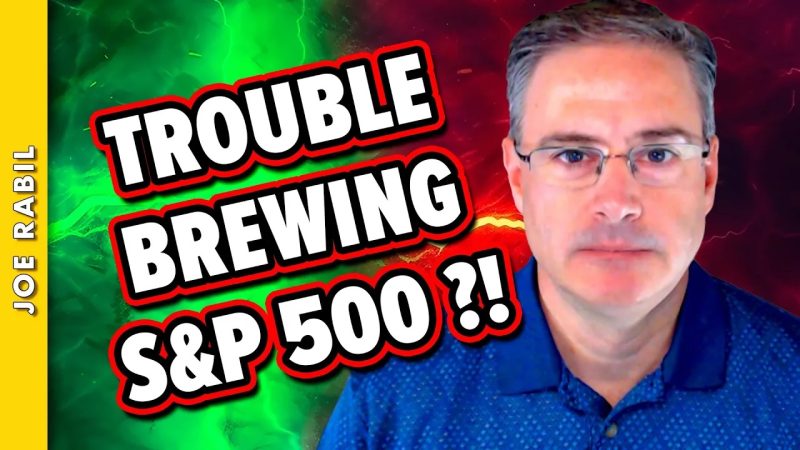In today’s volatile market environment, it is crucial for investors to be vigilant and aware of warning signs that may indicate a potential downturn in the S&P 500 index. By keeping a close watch on key indicators and market trends, investors can better position themselves to protect their portfolios and make informed decisions. Let’s explore some of the key warning signs that investors should be mindful of in order to navigate the uncertainties of the market.
1. **Overvalued Market**: One of the most common warning signs of a potential market downturn is an overvalued market. When stock prices are significantly higher than their intrinsic value, it may indicate that a correction is on the horizon. Investors should pay attention to metrics such as the price-to-earnings ratio and price-to-sales ratio to assess whether the market is overvalued.
2. **Increased Volatility**: Rising volatility in the market can be a precursor to a downturn. Sharp fluctuations in stock prices and increased trading volume may signal uncertainty and anxiety among investors. Monitoring the VIX index, also known as the fear gauge, can provide valuable insights into market sentiment and potential risks.
3. **Economic Indicators**: Economic indicators, such as GDP growth, unemployment rates, and inflation, can provide valuable insights into the health of the economy and the stock market. A weakening economic outlook may signal a looming downturn in the S&P 500 index. Investors should closely monitor economic data and reports from central banks to stay informed about potential risks.
4. **Inverted Yield Curve**: The inversion of the yield curve, where short-term interest rates exceed long-term rates, is a renowned leading indicator of an impending recession. This phenomenon has historically preceded market downturns and should not be overlooked by investors. Keeping an eye on the yield curve can help investors anticipate changes in market conditions.
5. **Technical Analysis**: Technical analysis involves studying past market data, such as price and volume patterns, to forecast future price movements. Investors can use technical indicators, such as moving averages and support/resistance levels, to identify potential entry and exit points in the market. By incorporating technical analysis into their investment strategy, investors can better navigate market volatility.
In conclusion, being alert to warning signs of a potential S&P 500 downturn is essential for investors seeking to safeguard their portfolios and make informed decisions. By monitoring key indicators, such as market valuations, volatility, economic data, the yield curve, and using technical analysis, investors can stay ahead of market trends and mitigate risks. It is important to conduct thorough research and seek professional advice to navigate the complexities of the market successfully. Being proactive and strategic in response to warning signs can help investors adapt to changing market conditions and protect their investments.
